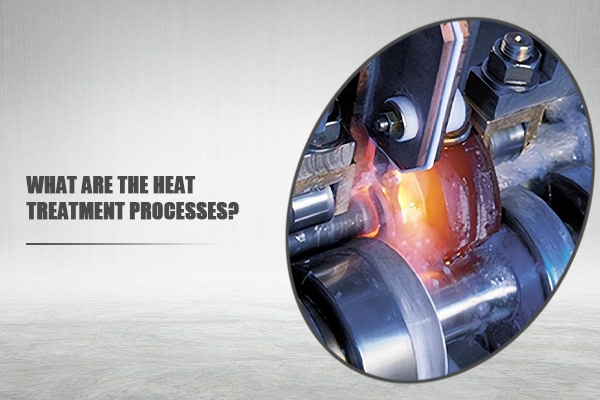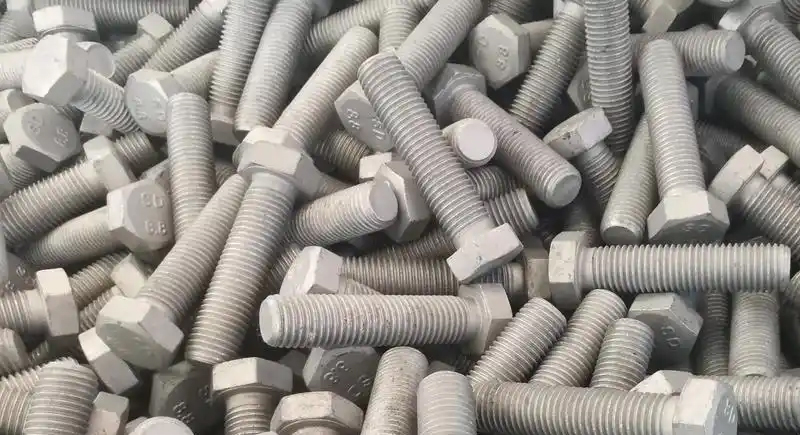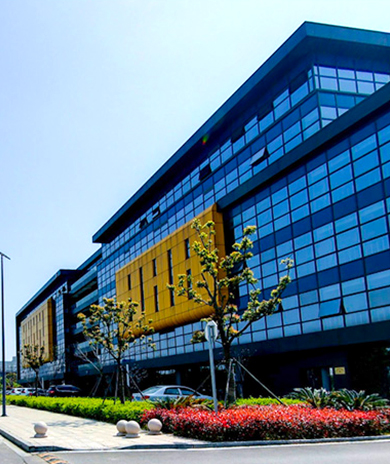VIDEO & CENTER

Common heat treatment processes include normalizing, annealing, solution treatment, aging, quenching, tempering, annealing, carburizing, nitriding, quenching and tempering, spheroidizing, brazing, etc. 1. Normalizing: Heat the steel or steel part to a temperature above the critical point AC3 or ACM, hold it for a certain period of time, and then cool it in the air to obtain a pearlite-like structure. 2. Annealing: Heat the hypoeutectic steel workpiece to above AC3 by 20-40 degrees, hold it for a period of time, then slowly cool it in the furnace (or bury it in sand or lime) to below 500 degrees and cool it in the air. 3. Solution treatment: Heat the alloy to a high-temperature single-phase zone, hold it at a constant temperature, allow the excess phase to fully dissolve into the solution body, and then quickly cool it to obtain an over-saturated solution body. 4. Aging: The phenomenon where the performance of the alloy changes over time when it is left at room temperature or slightly above room temperature after solution treatment or cold plastic deformation.

Copyright belongs to the author. Commercial use requires obtaining authorization from the author. Non-commercial use should indicate the source.
- Solution treatment: This process enables all phases in the alloy to dissolve fully, strengthening the solid solution and enhancing toughness and corrosion resistance, eliminating stress and softening, so as to facilitate further processing and shaping. 6. Aging treatment: This involves heating and holding at the temperature where the strengthening phase precipitates, allowing the strengthening phase to precipitate and harden, thereby increasing hardness. 7. Quenching: This is a heat treatment process where steel is austenitized and then cooled at an appropriate rate, causing the workpiece to undergo unstable structural transformations such as martensite within the cross-section or within a certain range, resulting in hardening. 8. Tempering: This is a heat treatment process where the workpiece after quenching is heated to a temperature below the critical point AC1 and held for a certain period of time, followed by cooling in a method that meets the requirements, to obtain the desired structure and properties. 9. Carbon-nitrogen co-deposition of steel: Carbon-nitrogen co-deposition is the process of simultaneously infiltrating carbon and nitrogen into the surface of the steel. Carbon-nitrogen co-deposition is conventionally referred to as cyanidation, and medium-temperature gas carbon-nitrogen co-deposition (i.e., gas soft nitriding) is more widely used. The main purpose of medium-temperature gas carbon-nitrogen co-deposition is to increase the hardness, wear resistance, and fatigue strength of the steel. Low-temperature gas carbon-nitrogen co-deposition mainly involves nitriding, and its main purpose is to enhance the wear resistance and anti-sticking properties of the steel. 10. Normalizing treatment (quenching and tempering): It is customary to refer to the combination of quenching and high-temperature tempering as normalizing treatment. Normalizing treatment is widely used in various important structural parts, especially those that operate under alternating loads, such as connecting rods, bolts, gears, and shafts. Normalizing treatment results in tempered sorbite structure, and its mechanical properties are superior to those of the same hardness normalizing sorbite structure. Its hardness depends on the high-temperature tempering temperature and is related to the tempering stability of the steel and the cross-sectional size of the workpiece, generally ranging from HB200 to 350. 11. Brazing: This is a heat treatment process where two workpieces are heated and melted to bond together using a brazing filler metal.














